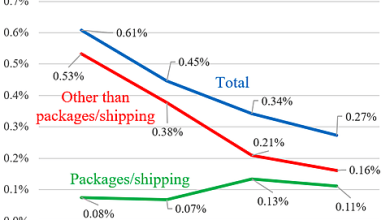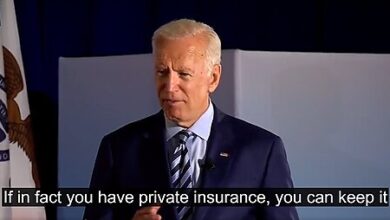Rescissions: A Small but Welcome Step Toward Spending Discipline

The White House has sent a special spending cut package to Congress requesting $9.4 billion in rescissions to foreign aid and federally funded media programs. This is a welcome opportunity to lock in real savings from the Department of Government Efficiency (DOGE) and cut wasteful and low-priority spending. However, given the federal government’s massive $2 trillion deficit, this rescission package should represent a tiny down payment on much bigger rescissions in the weeks to come. This package alone will not balance the budget or offset the “One Big Beautiful Bill,” but spending cuts are still worth pursuing, nonetheless.
The Rationale for Cutting Foreign Aid and Federally Funded Media
Most of the rescissions, about $8.3 billion, are for foreign aid programs, such as the US Agency for International Development (USAID), the US Institute of Peace, and other international assistance programs. Some of the cuts the administration requests target duplicative or ineffective foreign aid. Others target ideological or “woke” programs. Broadly, the reasoning underlying many of these cuts is sound. As Cato’s Ian Vásquez has written,
Foreign aid has too many (often conflicting) goals, including promoting democracy, stability and geopolitical ties. It is long past time for the US government to scrutinize the entire foreign assistance program and recognize that one of the central goals—promoting economic growth—has been a failure.
The remaining $1.1 billion in cuts is targeted at public broadcasting, particularly the Corporation for Public Broadcasting, which funds NPR and PBS. If you ask the administration, NPR and PBS are radical leftist operations, spreading “woke” ideas. Woke or not, the government should not be in the business of running media. Most media outlets thrive without federal funding. NPR and PBS should be no different.
Examples of Wasteful Federal Spending on Cultural Projects Abound
From State Department advocacy grants to politically contentious NPR programming, many of the accounts targeted for cuts routinely divert taxpayer dollars to projects of questionable value—well outside the core responsibilities of the federal government. Much of this cultural spending is duplicative, ideologically driven, or simply low priority. For example:
$30,000 for a National Endowment for the Arts grant to Studio Two Three in Richmond, Virginia, which describes itself as “partnering with activists and leaders to provide space for creative advocacy initiatives.”
Up to $250,000 for Institute of Museum and Library Services grants to elite institutions like the Institute of Contemporary Art Boston, the Museum of Contemporary Art Chicago, and the San Francisco Museum of Modern Art.
Up to $500,000 for a State Department grant to “preserve cultural heritage in Sudan.”
$13,000,000 for a State Department grant to the American Councils for International Education to “foster respect for diversity” through cultural exchange.
$460,000 for a Department of the Interior grant to the Springer Opera House Arts Association for “historical preservation” of opera.
$4,900,000 for a USAID grant to the International Youth Foundation for “policy, advocacy, financing, and governance” with a focus on gender equity.
$375,000 for a State Department grant to promote unspecified “American values” at foreign arts festivals.
$50,000 for a State Department grant to increase the “cultural diversity of Zimbabwean arts festivals.”
$40,000 for a State Department grant to get youth in Mumbai involved in the environmental movement through film-making workshops.
While eliminating such low-value culture-related federal spending won’t achieve substantial deficit reduction, every dollar saved helps and signals that Washington is working toward trimming excess fat from the federal budget.
More Cuts Needed
Taken together, the administration’s proposed rescissions package represents an extremely modest spending reduction compared to what is available to cut via the rescissions process. Based on the latest Treasury data, there is roughly $1.5 trillion in unobligated 2025 funds. The $9.4 billion in cuts the administration is requesting represents less than 1 percent of that $1.5 trillion total (see the graph below).
That’s still worth pursuing, but $9.4 billion in savings is a drop in the bucket compared to a $2 trillion deficit. At minimum, the administration and Congress should follow up on this initial proposal with additional and larger rescission packages. Otherwise, the DOGE project, at least as measured by verifiable spending reduction, can rightly be called a resounding failure.
Bottom line: Congress must start cutting spending somewhere if it wants to get the budget under control. If that means starting with taxpayer subsidies for opera houses and cultural promotion programs, so be it.





